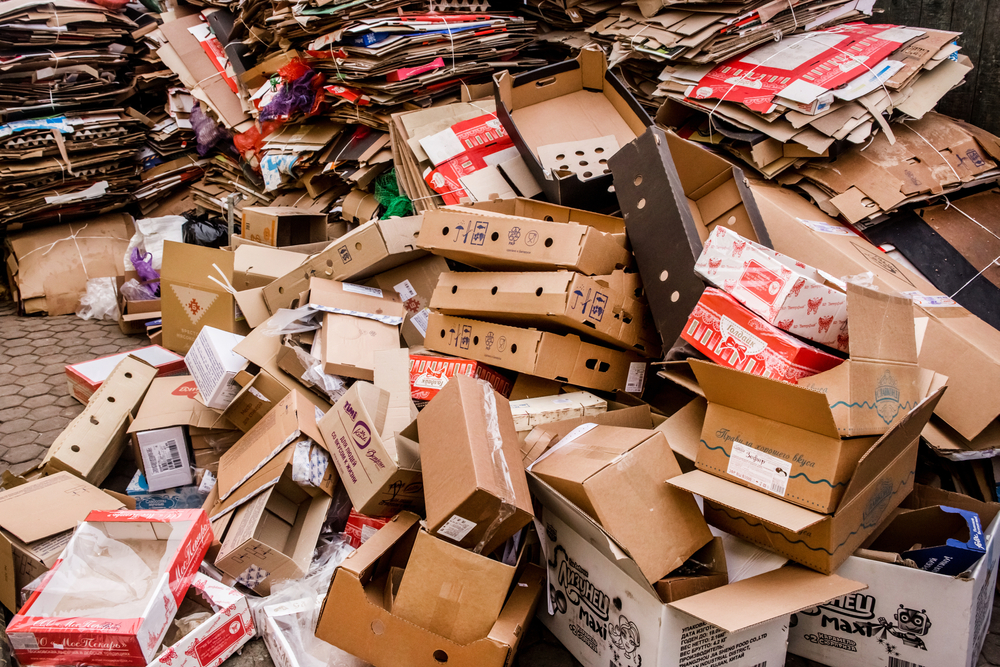One of the most human and humble things we do is to reach across generations.
When my mother graduated from high school, her father gave her a watch. On the back, he engraved “for all time.” I asked her about it the other day, but she doesn’t remember what happened to it; and yet, it occupies a place of significance among my childhood memories, even though I never met her father.
Our place in time and our connections to distant generations are hard to sense, even when in plain sight. Take, for example, a ring, like my ancestors’ wedding rings that my mom inherited and has dutifully kept. Rings are an ancient symbol–the circle–of timelessness, eternity, and continuity. And if fashioned from gold, well, that is evidence of deep, geological time, for gold is remnant stardust, buried when the Earth was formed, long before human life. And yet, despite these symbolic and material connections, seeing ourselves in relationship to distant time and generations can stretch our imagination to its far limits.
A series of recent conversations challenge us to make long-term thinking a matter of course. They engage questions of deep time—measured in millennia. What will be our legacy and what should future generations inherit from us? These are novel and precedent-setting dialogues. And they are changing who we are.
Amazon.com founder, Jeff Bezos, for example, and other visionaries at theLong Now Foundation, are building a series of clocks that will keep time for 10,000 years. The first of many planned clocksis under construction inside a west Texas mountain at great expense and feats of engineering. They will stand hundreds of feet tall and will be equipped with chimes programmed to never repeat the same melody over its multi-millennial lifespan. These clocks are for us, however. They tell a story about who we are as a civilization. And, as described by the Long Now Foundation, they serve as a “counterpoint to today’s accelerating culture” and to inspire us toward long-term thinking.
More often, however, the far-reaching consequences of human activities direct us to account for time measured on a geological scale, inspire dialogue with our descendents, and ask us to consider who we are to them.
Last fall, Carolyn Raffensperger, a lawyer and the Executive Director of the Science and Environmental Health Network was invited by Alternatives North to the Canadian Yukon, to a community neighboring an abandoned gold mine near the Arctic Circle. Though the mine has been closed for nearly a decade, it will pose a human health hazard for such a long period of time, we might as well think of it as forever. The site houses the world’s largest stockpile of arsenic trioxide tailings. Arsenic trioxide, which is toxic to humans, must remain sequestered and should never be disturbed. Though it exists in nature, in no place does it exist in this concentration, in such a form that if not contained could readily spread through groundwater or be scattered to the wind.
Engineers considered freezing the arsenic trioxide. Their plan to maintain the frozen tailings looked ahead a quarter of century. The community wanted to know what then? What of generations born beyond that? The heart of the matter: how do we safeguard harmful substances forever?
“This is a unique problem in all of human history,” Raffensperger later wrote. It is one of the most important challenges we must face as a society.
Alternatives North and the Yellowknife Dene looked to how other Northwest Territories communities reconcile life among the multiple and layered legacies of the 20th century. It was here, too, that the raw materials were mined for the nuclear bombs dropped on Hiroshima and Nagasaki.
Scientists tell us that nuclear waste, depending on its type, poses a threat to human health for at least 10,000 years, sometimes 100,000 years or more. Plutonium waste, for example, must be secured for 10,000 generations, or about 250,000 years. Keeping nuclear waste safe requires unprecedented feats of engineering and technology, and of human imagination.
See for yourself:
This film, Into Eternity, documents the construction of one of the world’s first permanent storage sites for nuclear waste in Onkalo, Finland. Work on the facility began during the 20th century, and will be completed in the 22nd century. Like other permanent geological burial facilities, its construction rivals the greatest public works projects in all human history. It must far outlast the great clocks; it must remain intact longer than anything human hands have created.
And then we must devise a way to tell our decedents: Danger—Do not disturb what lies beneath. Communicating across multiple millennia is a task the rivals the formidable engineering and technological complexity of the storage site, and linguists, historians and anthropologists have been deliberating over this daunting dilemma since at least the 1990s (for more, see here). What will the world look like in 1000 years, let alone 100,000, given the cultural, linguistic and geological changes that have occurred over the previous millennia?
* * *
Experts and engineers aren’t the only ones considering life in deep time. Conversations about deep time take place in community centers and kitchens across the globe, for example, in Yellowknife and in other places where contaminants could persist in watersheds and food webs for longer than the 10,000 year clock will chime, and longer than these deep burial structures are designed to safeguard nuclear waste.
And so Raffenspeger began drafting the principles of “perpetual care” to assist the Yellowknife Dene, and communities everywhere, to push regulators and decision-makers to extend the period of concern when caring for and healing hurt places. Released earlier this year, the Principles have already begun to reframe important conversations about long-term care of sites facing millennial problems with legacy pollutants.
Reimagining how we address such legacy issues, as outlined in these principles, is every bit as innovative and precedent-setting as the clock built into the mountain. In addition to extending the timeframe of remediation plans, the principles ask: what responsibilities do we bear to our decedents? How should their rights influence how we organize ourselves and our economy, and what endeavors we as a society pursue?
One idea that has already gained traction is the installation of legal guardians to stand for future generations, an idea Raffensperger, Indigenous leaders, and other visionaries have written about extensively and that has roots in indigenous culture, history and governance.
Raffensperger
returned from Yellowknife changed, charged, determined to inspire others to think about their responsibilities to future generations, particularly those living millennia from now. She invited each of us to become “beloved ancestors” even as we pursue environmental justice within this generation.
Along the way, she also assembled a team of allies to convene a Women’s Congress for the Rights of Future generations in Moab, UT this September (www.wcffg.org).
The inspiring Katsi Cook once said that women hold a special responsibility as the first environment for future generations. Inspired by Katsi and many other environmental foremothers, Carolyn and her fellow Congress organizers, including me, hope that the Congress will afford opportunities to collaboratively craft a dynamic articulation of the pressing rights future generations have to a livable world and the responsibilities of present generations to uphold those rights. The Moab Congress will yield a living affirmation of these rights and responsibilities in word, art and music. These offerings, including a Declaration of the Rights of Future Generations, will be open-ended, carried into the world like seeds on the wind, where we hope they might inspire or intermingle with parallel, ongoing dialogues about our relationship to future generations, and be adapted and amended and then, again and again, cast into the world.
This gathering, we hope, will amplify what is already an emerging movement that seeks sanctuary for those to come, and that seeks to establish the rights of future generations to not only be safeguarded from the consequences that have followed from our generations’ decisions, but also to a vibrant world that can sustain just societies and whole health.
When Raffensperger visited Yellowknife, she toured the Giant Mine. She toured its many abandoned buildings. She saw where the arsenic trioxide is currently stored. Before leaving, she tossed into one of its open pits a gold ring she had brought from home. As she told me, harm happened in the process of cleaving—arsenic from gold, people from land, present generations from those to come. So she returned the gold to reconnect and reunite what has been cleft. This was an alternate form of inheritance, symbolizing the alternate legacy she hopes to leave. And there the ring will sit, perhaps for all time.
By Rebecca Altman











